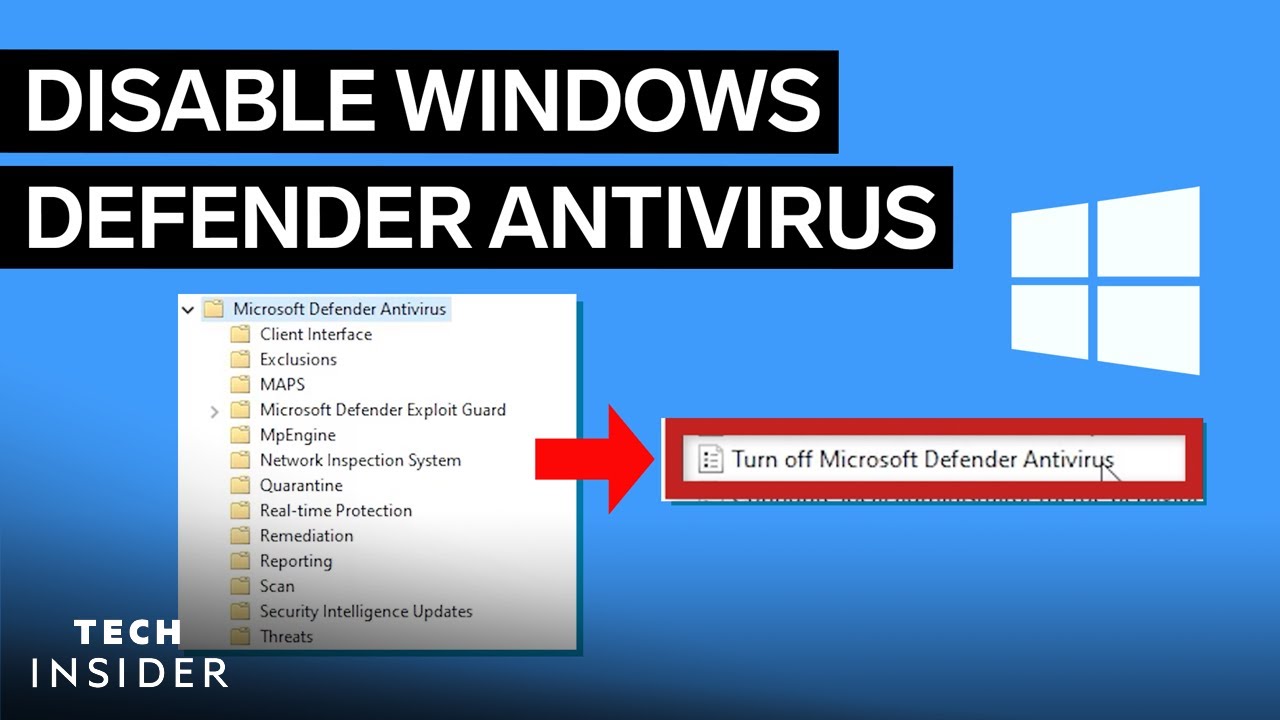
Introduction:
Microsoft Defender, formerly known as Windows Defender, is an integrated antivirus and antimalware solution that comes pre-installed with Windows 10. While it provides essential protection against various online threats, there may be situations where users need to temporarily or permanently disable it. This comprehensive guide will walk you through the methods to turn off Microsoft Defender in Windows 10, whether you require a temporary pause or a more permanent solution.
Section 1: Reasons for Turning Off Microsoft Defender
Before diving into the methods, it’s crucial to understand the reasons one might want to disable Microsoft Defender. Some common scenarios include:
- Third-Party Antivirus Software: Users often install third-party antivirus software that may conflict with Microsoft Defender. In such cases, disabling Defender is necessary to prevent conflicts and ensure optimal performance of the chosen antivirus program.
- System Performance: For users dealing with resource-intensive applications or specific system configurations, temporarily turning off Microsoft Defender can improve overall system performance during critical tasks.
- Testing and Development: Professionals engaged in software development or testing may need to disable Defender temporarily to carry out specific tasks without interference from the antivirus program.
- Security Policies: In enterprise environments, system administrators might need to disable Microsoft Defender to implement specific security policies or integrate alternative security solutions.
Section 2: Temporary Disabling of Microsoft Defender
Microsoft provides users with a straightforward method to temporarily disable Microsoft Defender using the Windows Security app. Follow these steps:
- Open Windows Security: Click on the Start menu, type “Windows Security,” and select the app from the search results.
- Navigate to Virus & Threat Protection: Within Windows Security, click on “Virus & Threat Protection.”
- Manage Settings: Under the Virus & Threat Protection settings, click on “Manage Settings” under the “Virus & Threat Protection settings” section.
- Turn Off Real-Time Protection: Toggle the switch next to “Real-Time Protection” to the off position.
This will temporarily disable Microsoft Defender, providing a window of time for tasks that require the antivirus program to be inactive.
Section 3: Permanent Disabling of Microsoft Defender
For users who need a more permanent solution, there are registry tweaks that can be applied. However, it’s crucial to note that permanently disabling Microsoft Defender can leave your system vulnerable to threats. Only proceed if you have a compelling reason and have alternative security measures in place.
Follow these steps to permanently turn off Microsoft Defender:
- Open Registry Editor: Press
Windows + Rto open the Run dialog, typeregedit, and press Enter to open the Registry Editor. - Navigate to Defender Key: Go to
HKEY_LOCAL_MACHINE\SOFTWARE\Policies\Microsoft\Windows Defender. If the “Windows Defender” and “Windows Defender\Real-Time Protection” keys do not exist, you may need to create them. - Create DWORD Value: Right-click on the right pane, select
New -> DWORD (32-bit) Value, and name itDisableAntiSpyware. - Set Value Data: Double-click on the newly created DWORD, set the value data to
1, and click OK. - Restart Your System: To apply the changes, restart your computer.
It’s crucial to exercise caution when modifying the registry, as improper changes can lead to system instability. This method is irreversible, so proceed with caution.
Conclusion:
While Microsoft Defender provides essential security for Windows 10 users, there are valid reasons for temporarily or permanently turning it off. Whether it’s for compatibility with third-party antivirus software, system performance optimization, or specific testing requirements, users can choose the method that best suits their needs. However, it’s essential to exercise caution, especially when opting for a permanent solution, and to have alternative security measures in place to safeguard your system effectively.